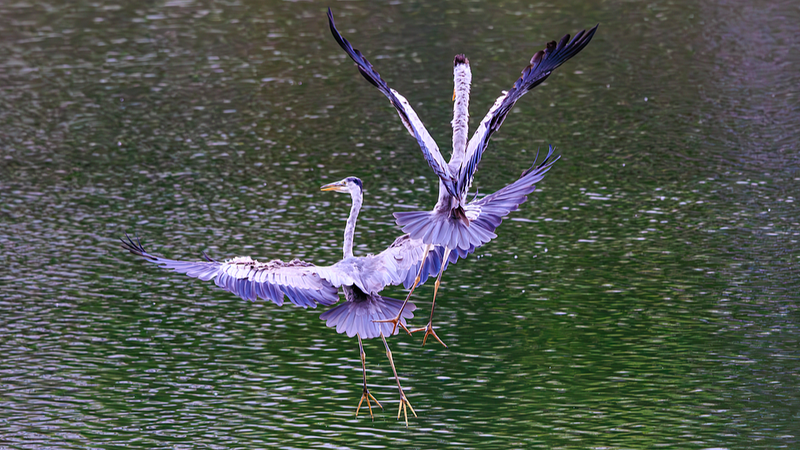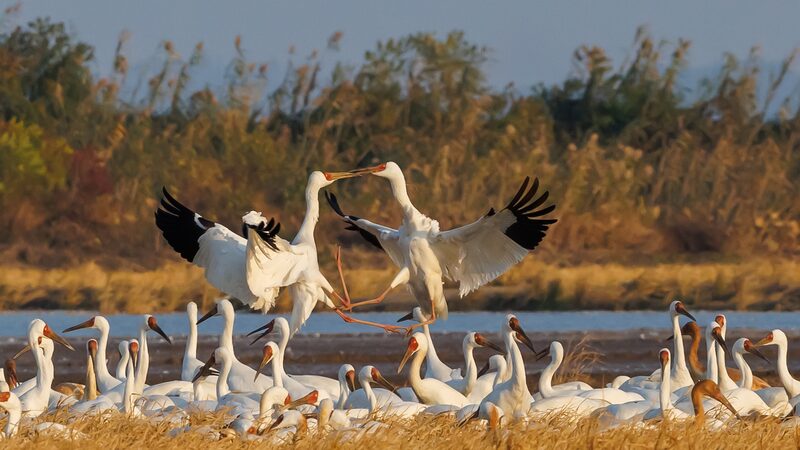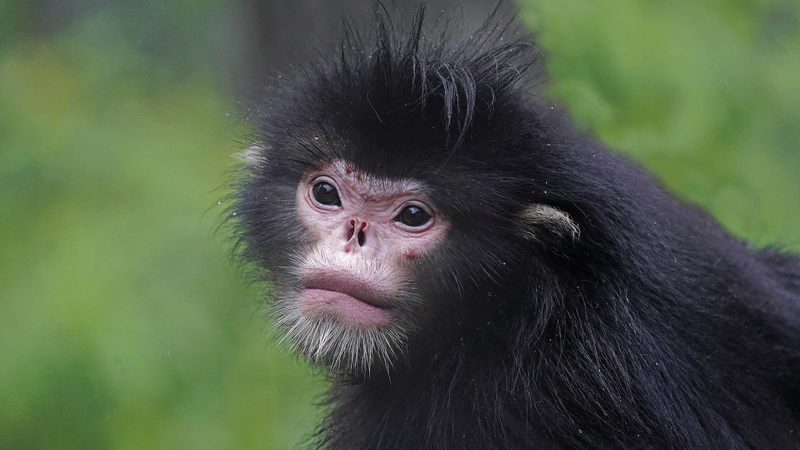Every winter, tens of thousands of black-headed gulls migrate from Siberia to Kunming, a city in southwest China's Yunnan Province. This year, their journey is met with an innovative guardian: AI-powered 'bird facial recognition' technology. High-definition cameras, drones, and neural networks now track these migratory birds at Dianchi Lake, marking a leap forward in ecological conservation.
Kunming's bond with its seasonal avian visitors has long been a cultural hallmark. Since 2022, the Kunming Dianchi Plateau Lake Research Institute has deployed an intelligent monitoring system that identifies birds via unique features like plumage and beak shape. The system detected a 10-day delay in the gulls' 2024 arrival compared to previous years—a critical insight for migration research.
"Traditional methods required days of manual observation. Now, AI achieves 90% accuracy in hours while recording behaviors like feeding," said Pan Min, deputy director of the institute. The technology has cataloged 17 bird species through thousands of images and audio clips, including night herons identified by their calls.
Beyond Kunming, similar systems are flourishing. Chongqing's Shuangguihu National Wetland Park uses real-time bird identification, while Shandong's Yellow River Delta reserve tracks over 1,200 birds, including endangered oriental white storks. A 2025 study in the Journal of Environmental Management validated the approach, highlighting its potential for global biodiversity efforts.
Engineer Zhang Zhizhong emphasized the broader impact: "AI minimizes human disturbance while providing precise data on breeding habits and migration routes—key for protecting wetland ecosystems." As China embraces digital conservation, these feathered ambassadors are charting a new course for wildlife preservation.
Reference(s):
AI-powered 'bird facial recognition' boosts avian conservation
cgtn.com








